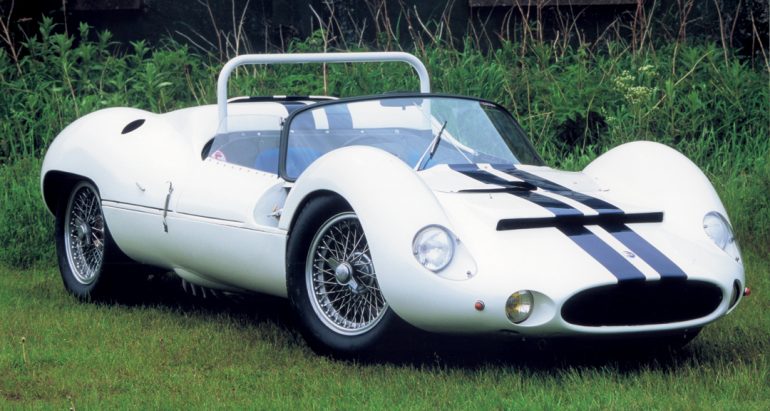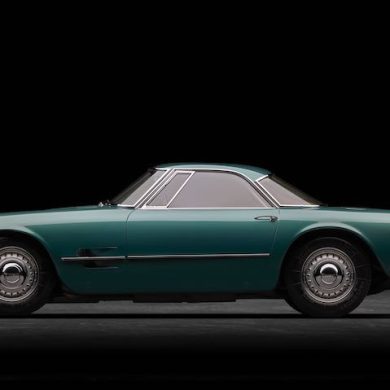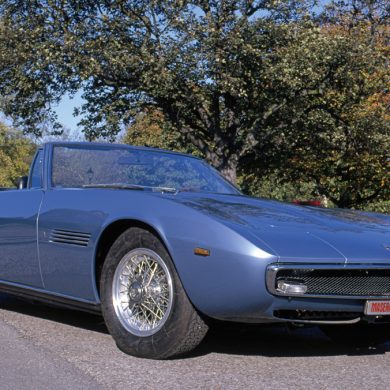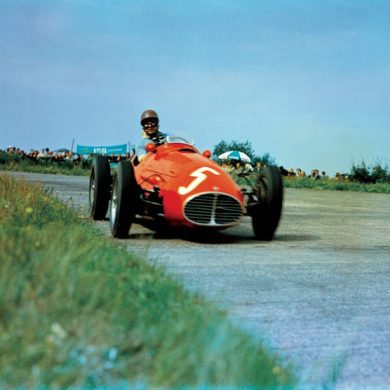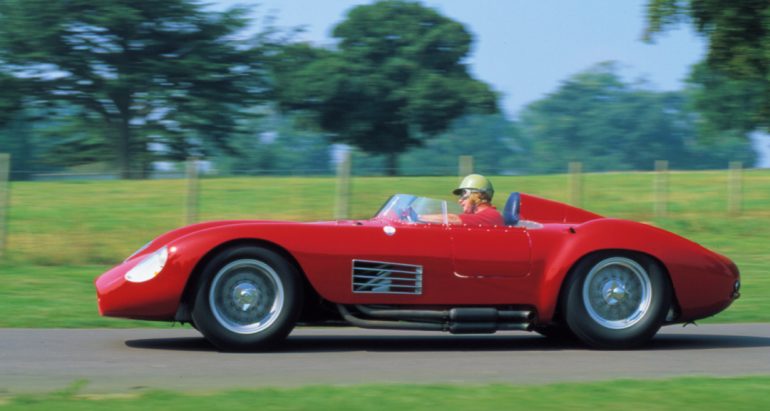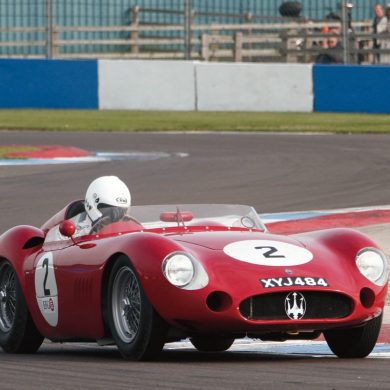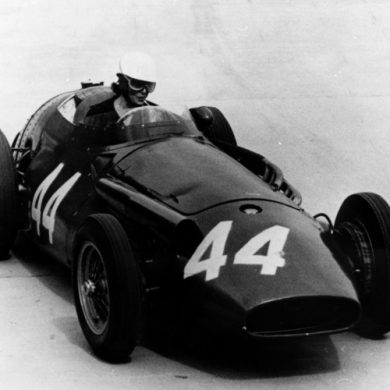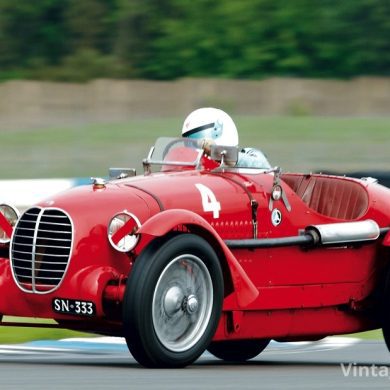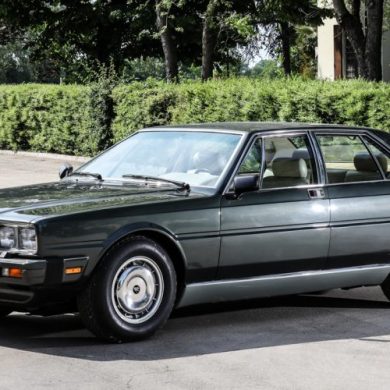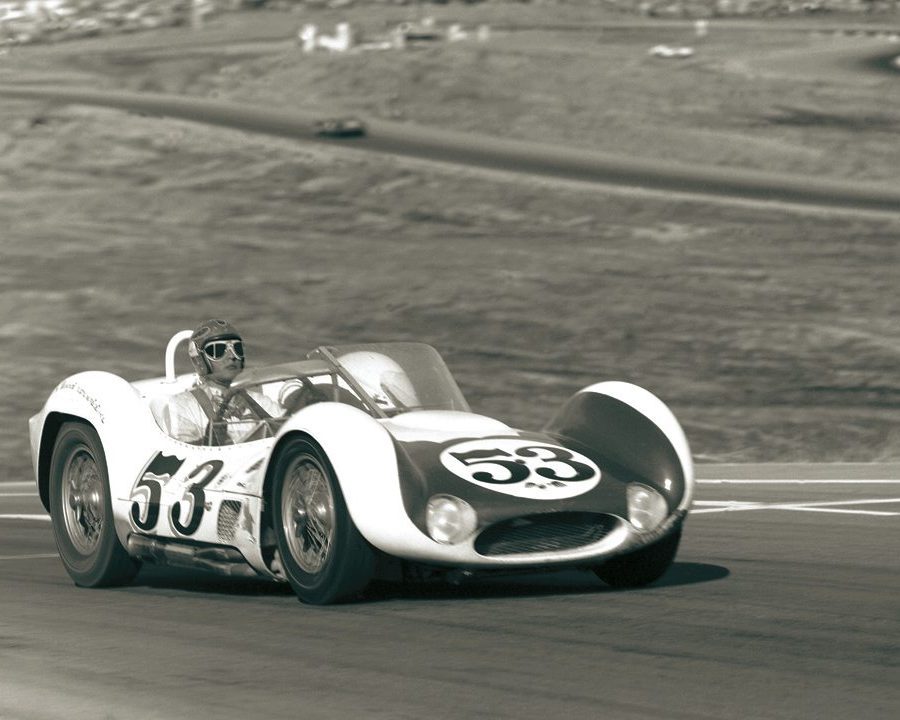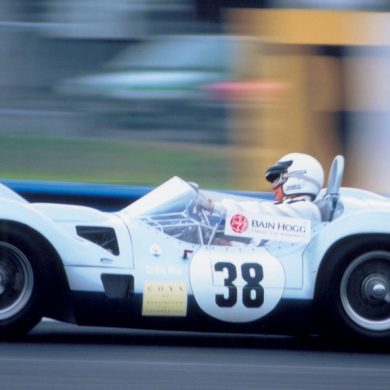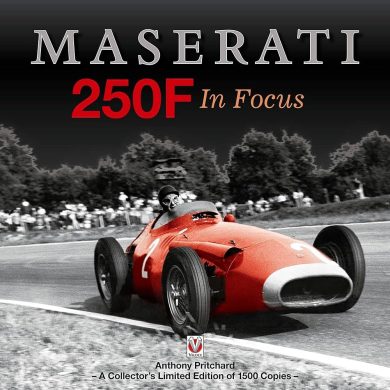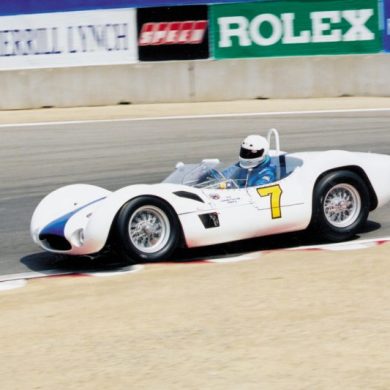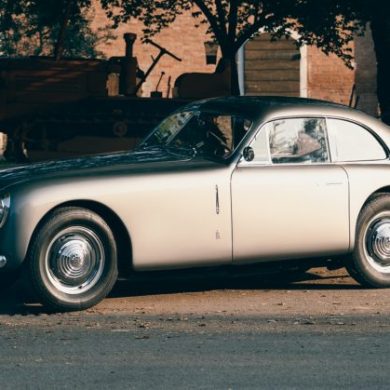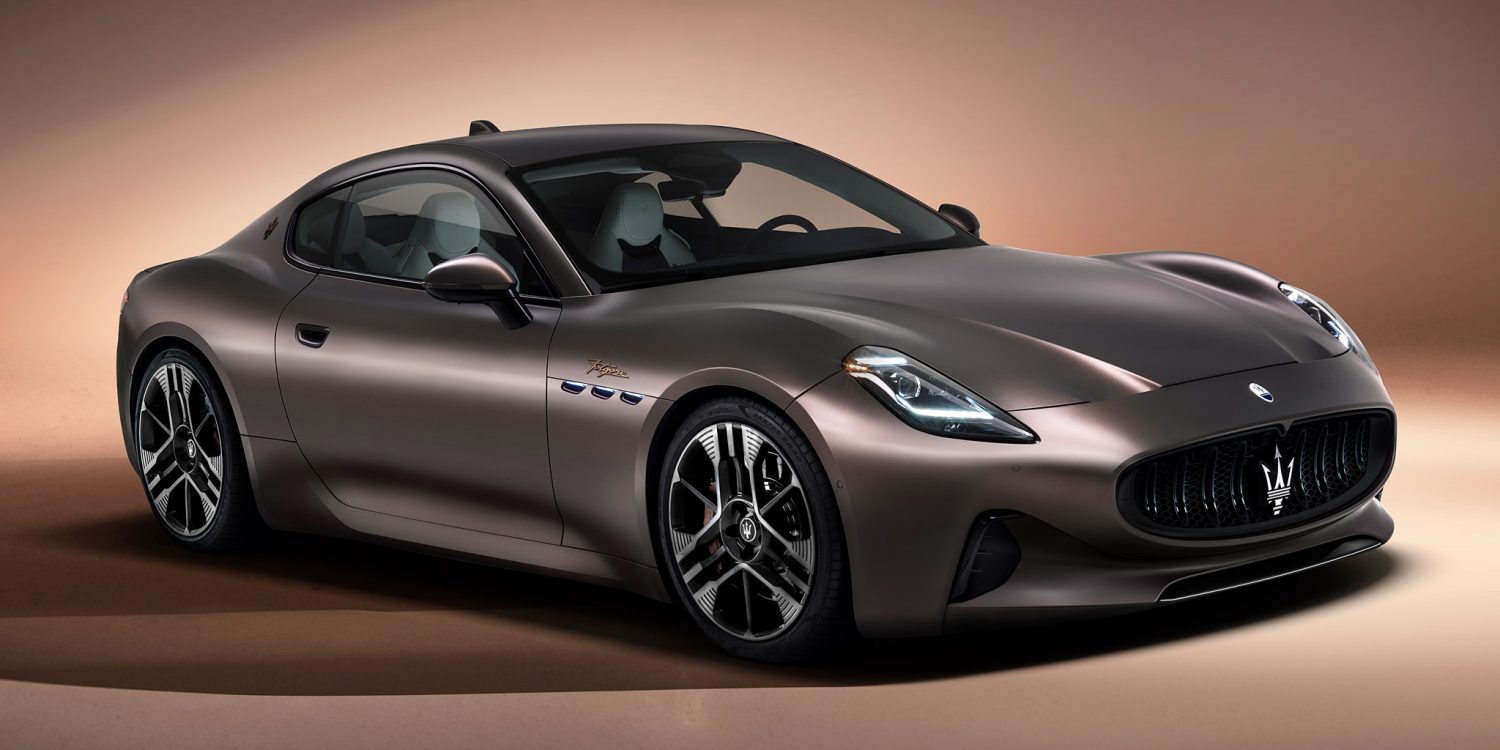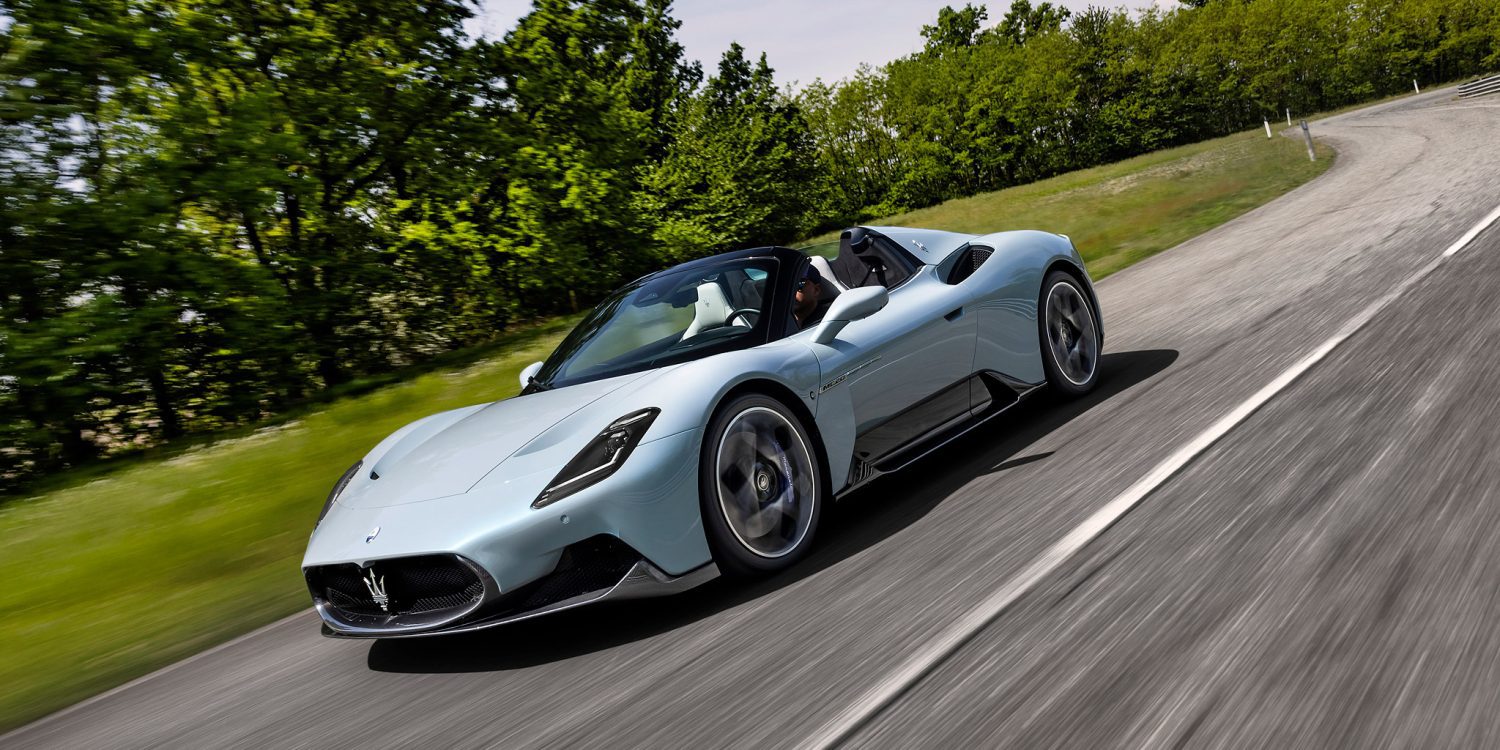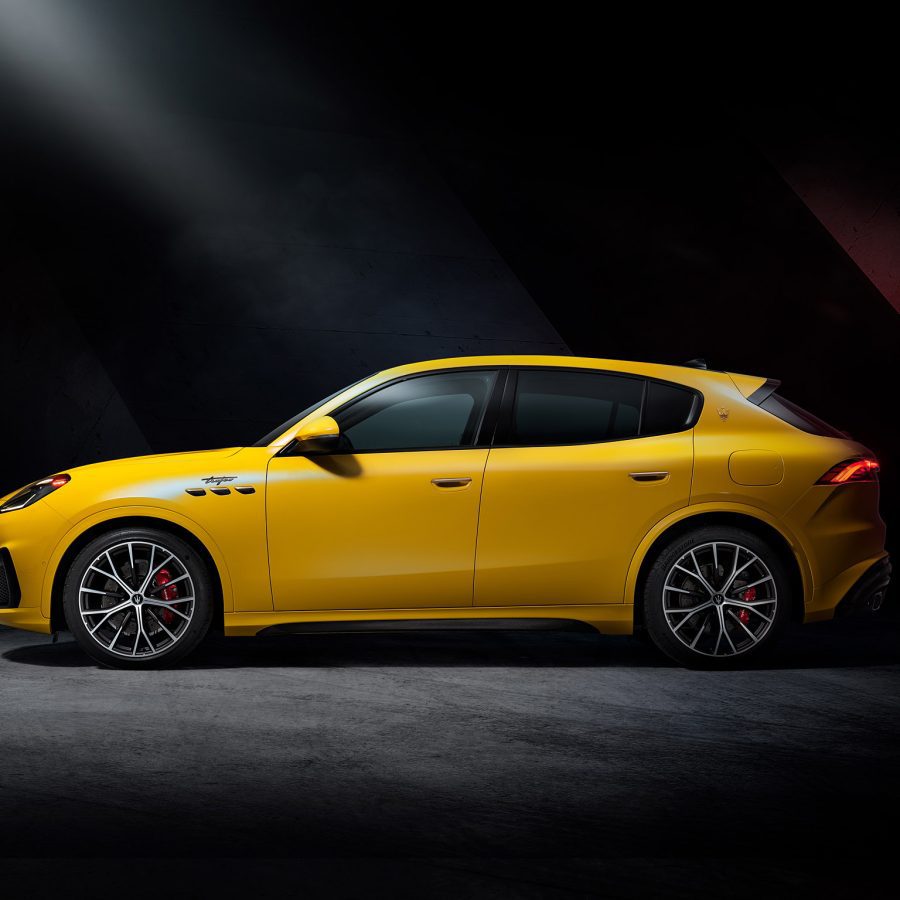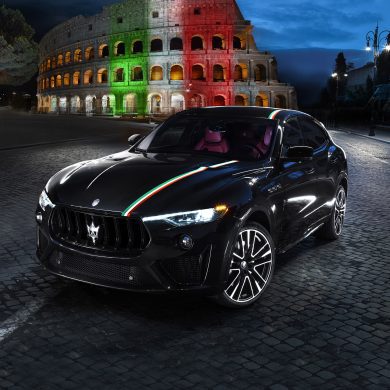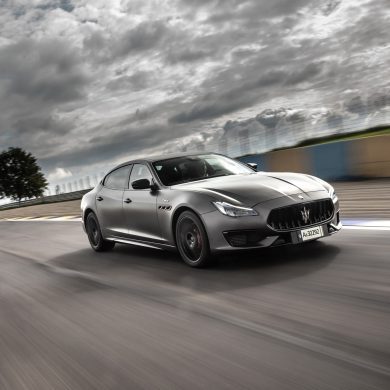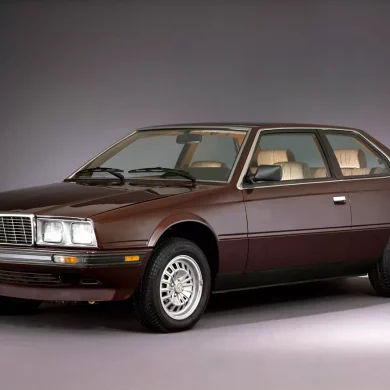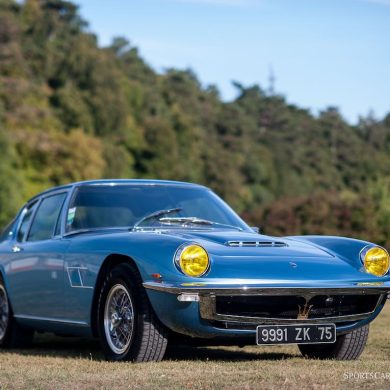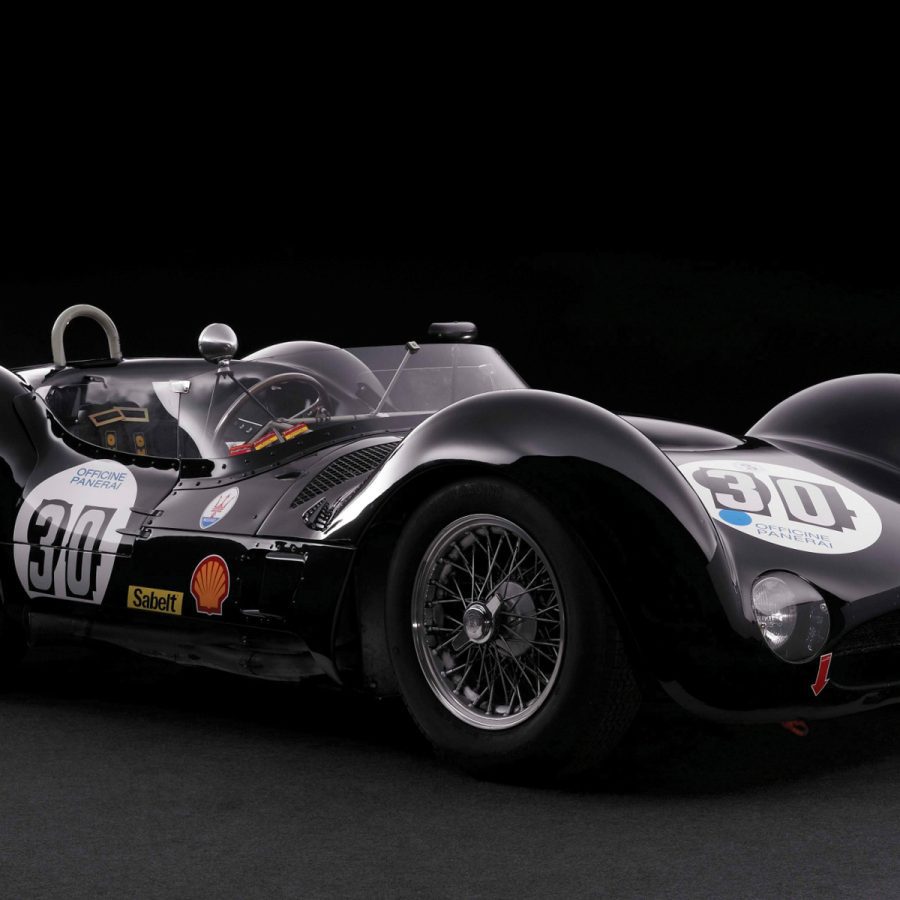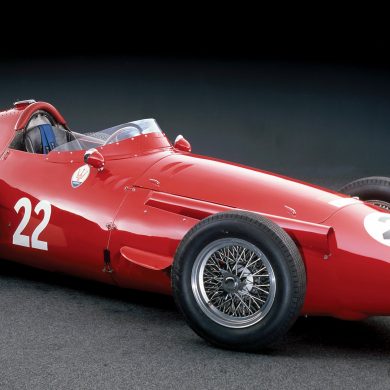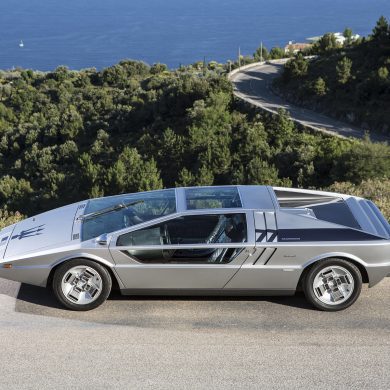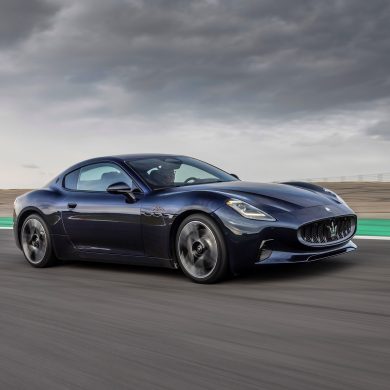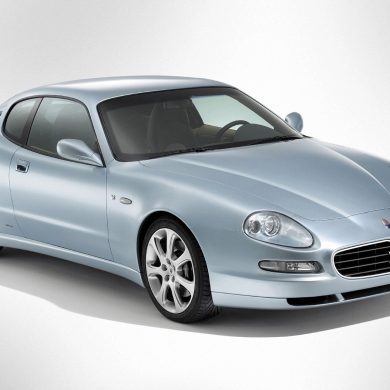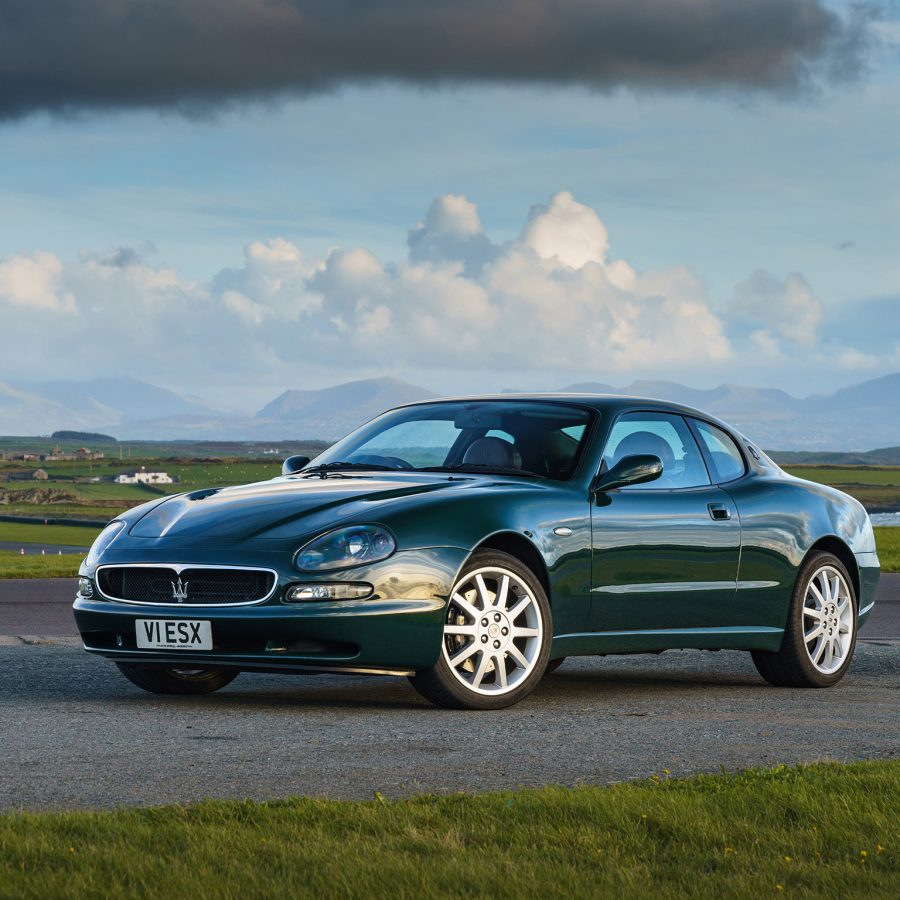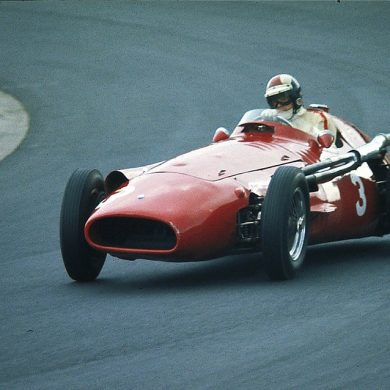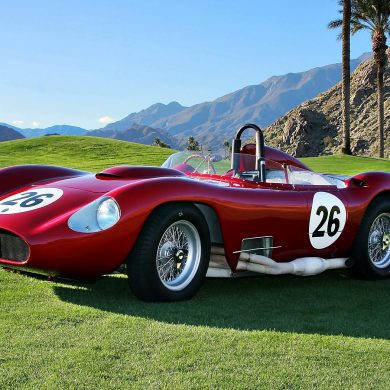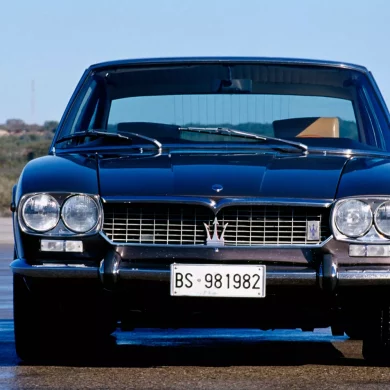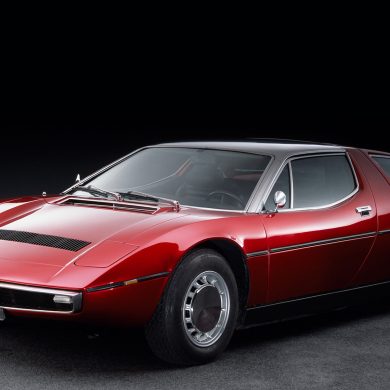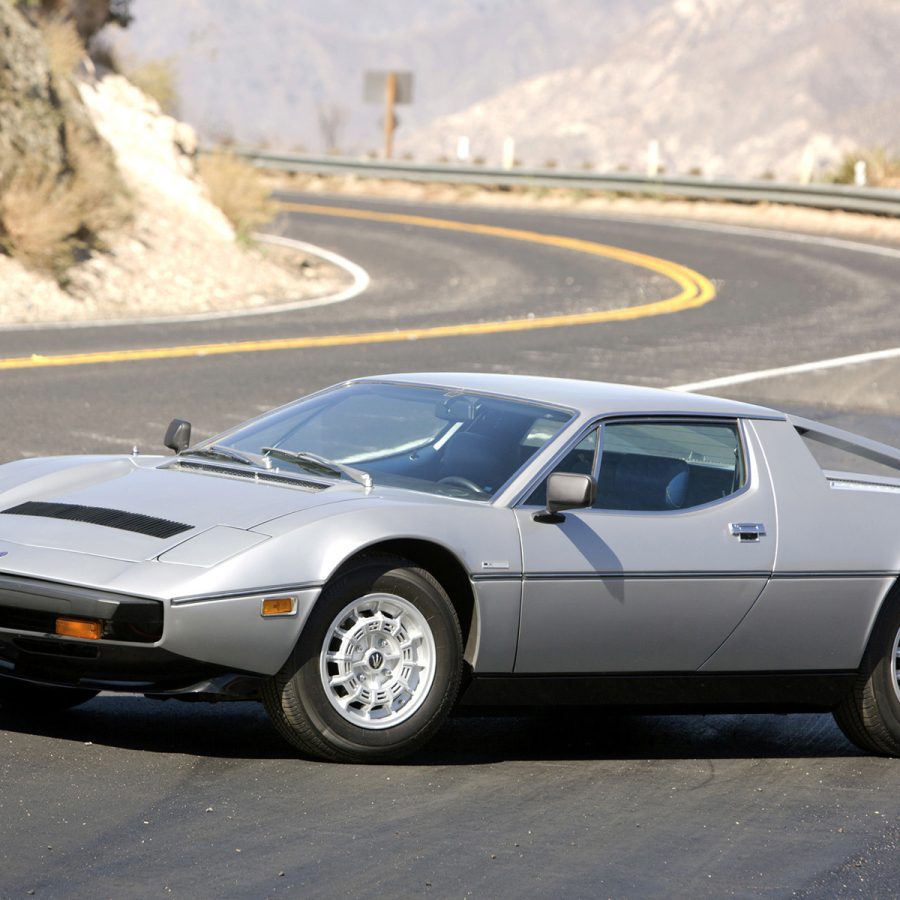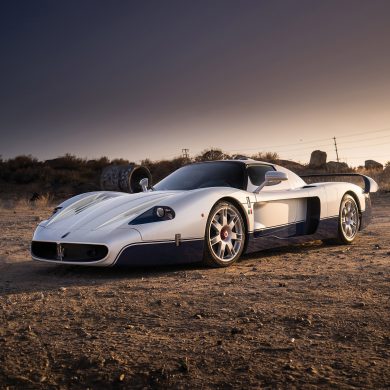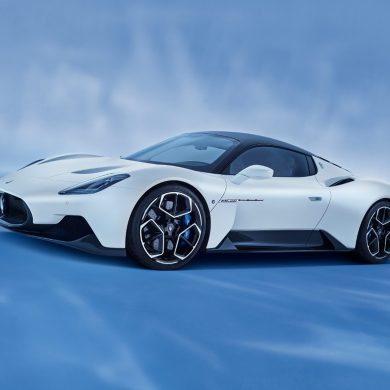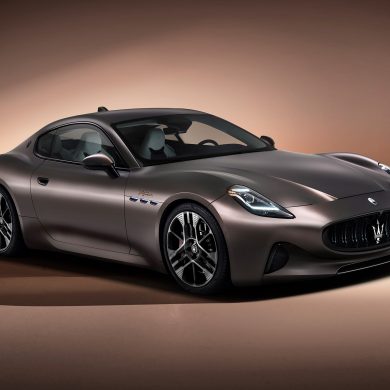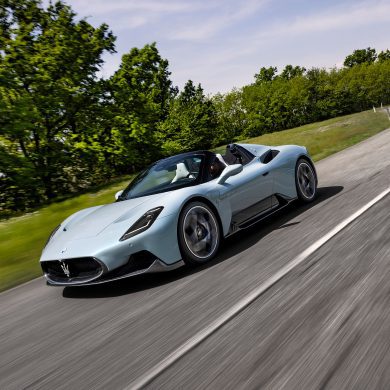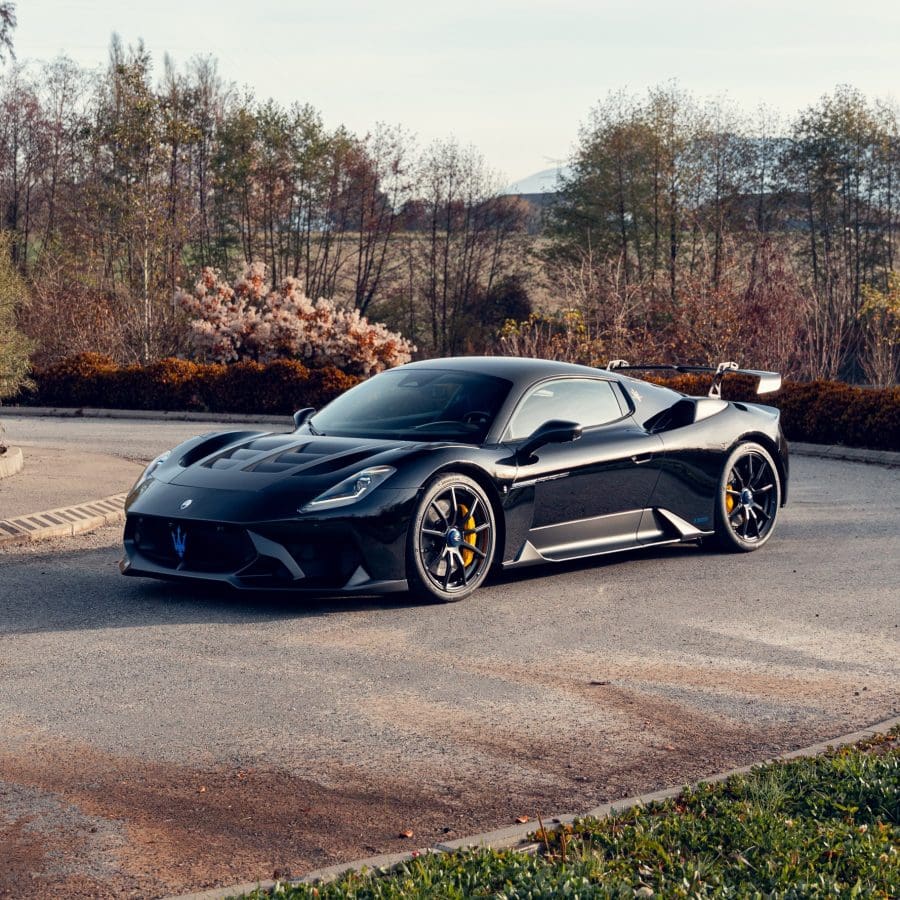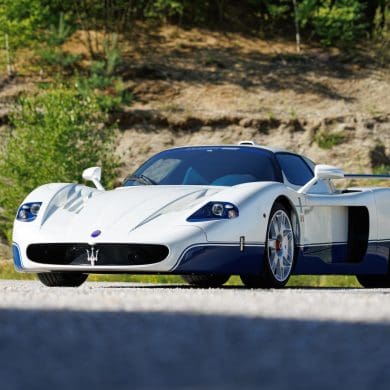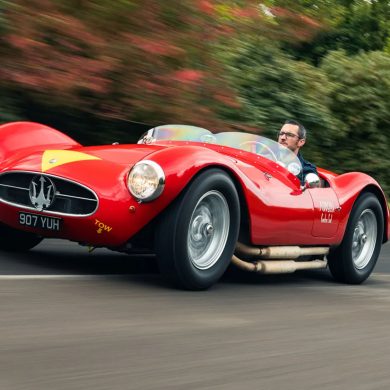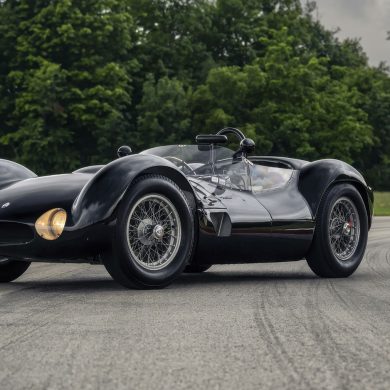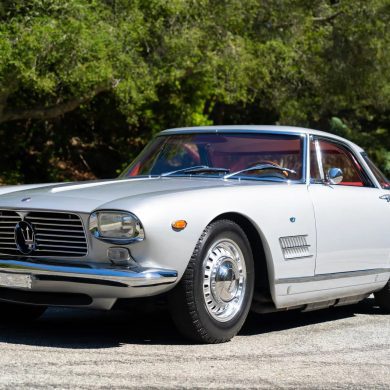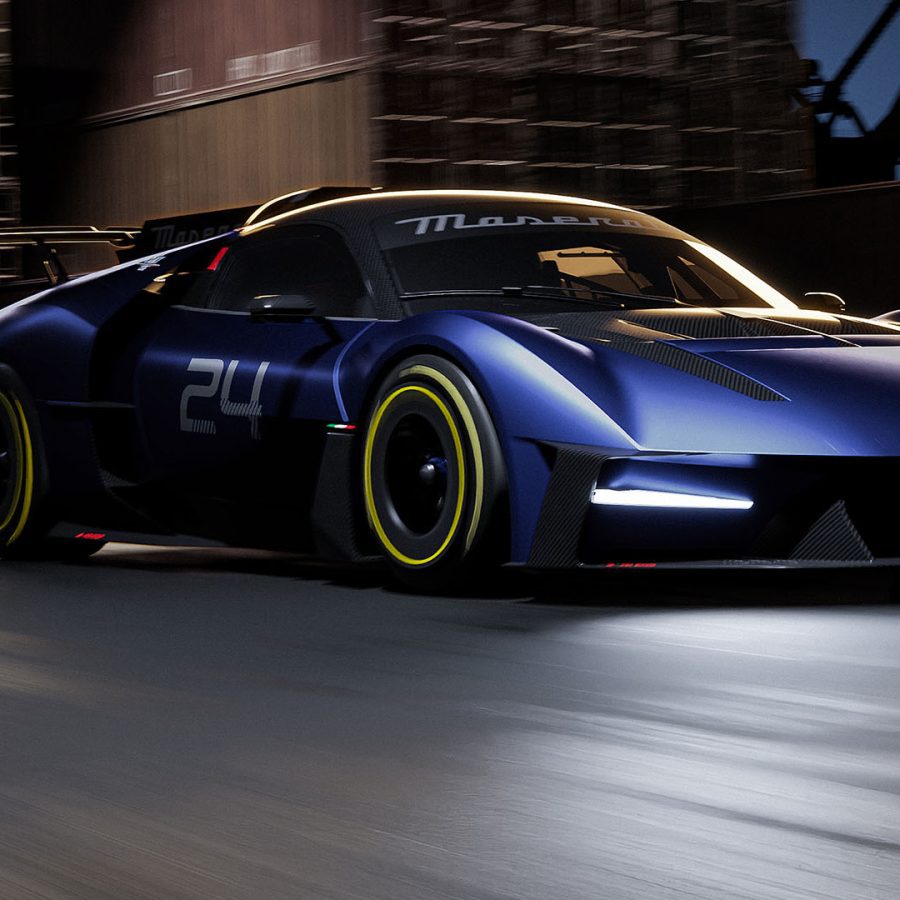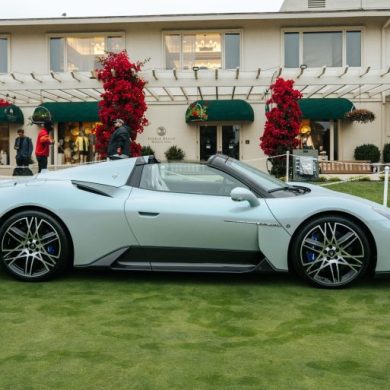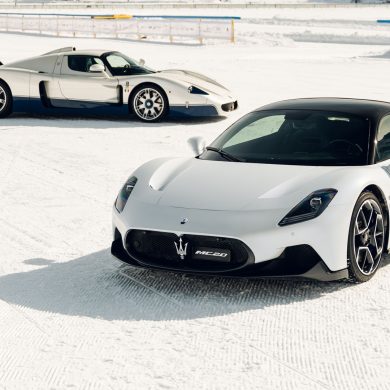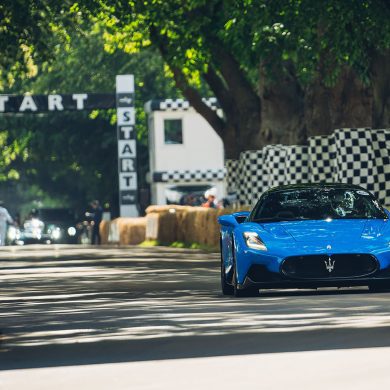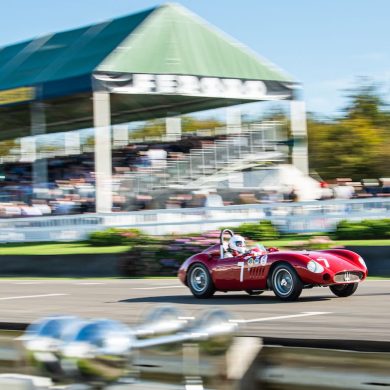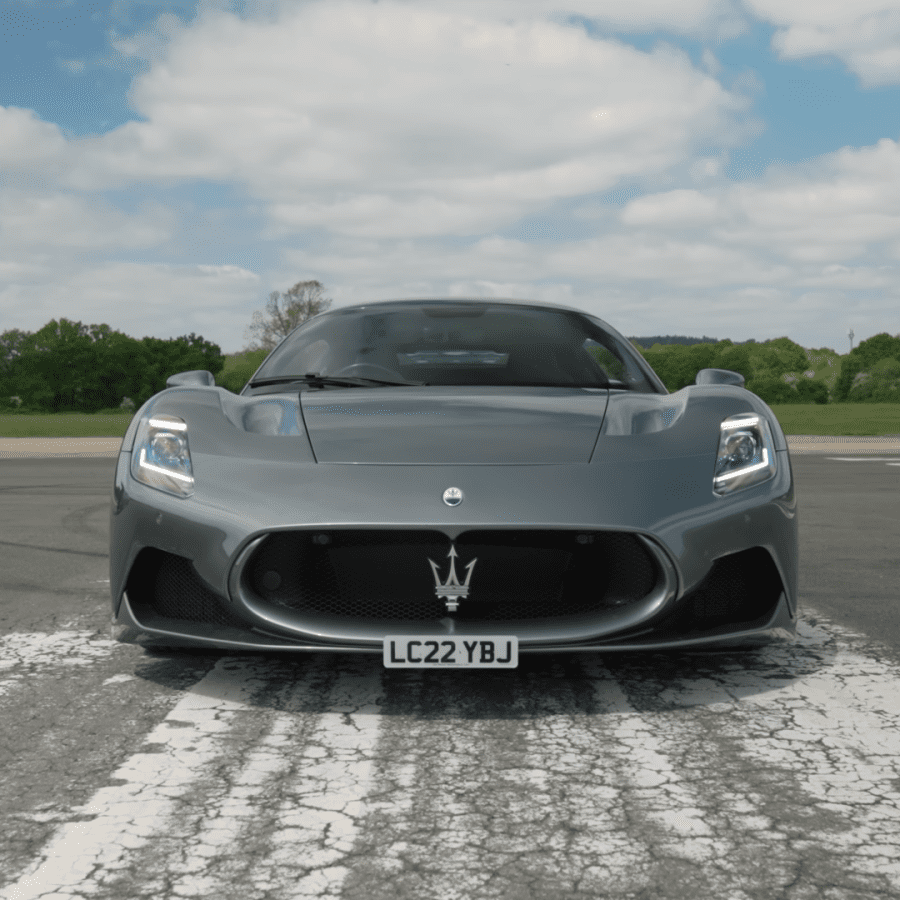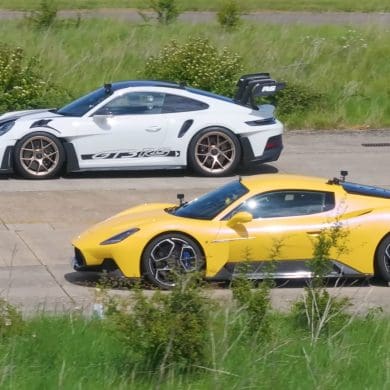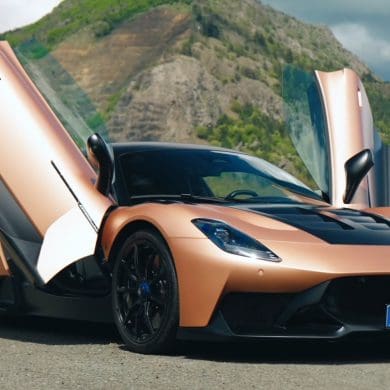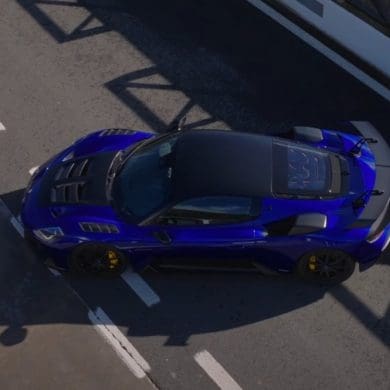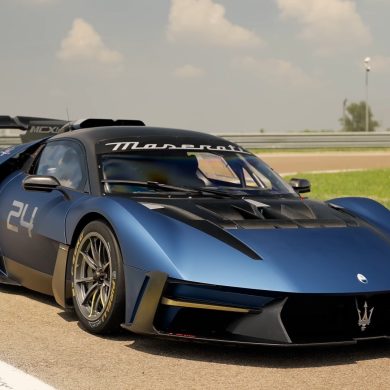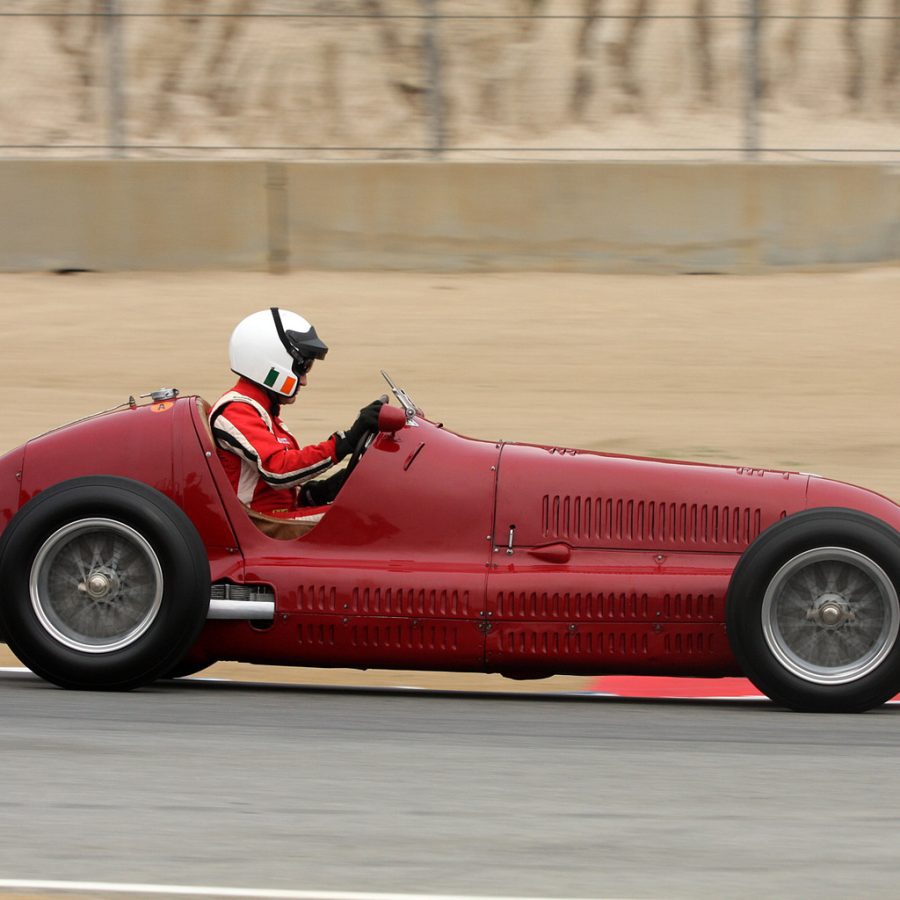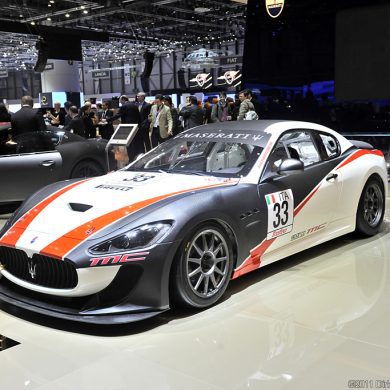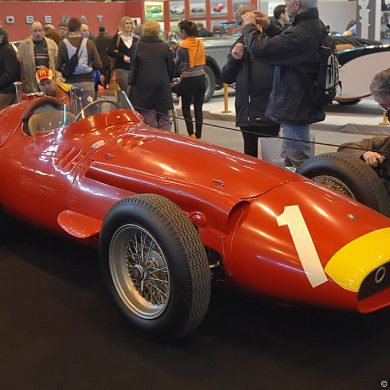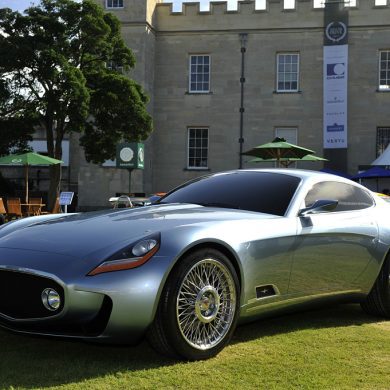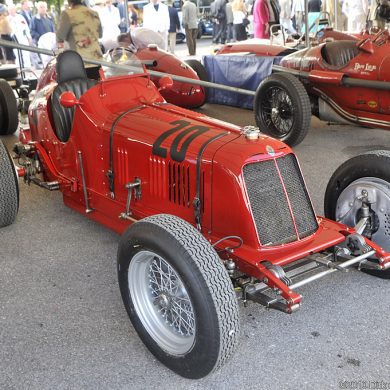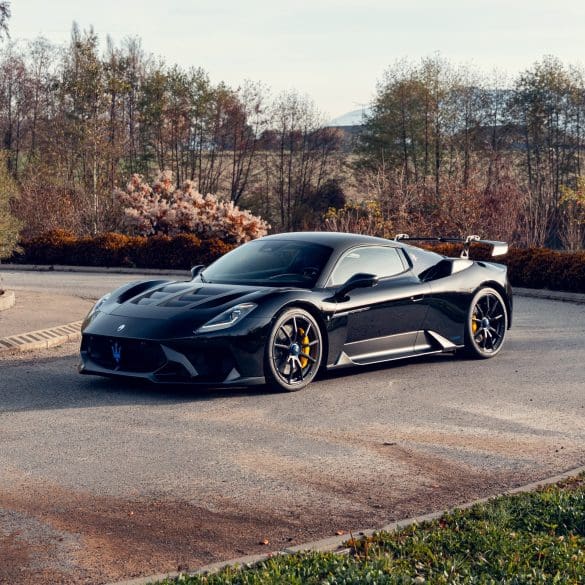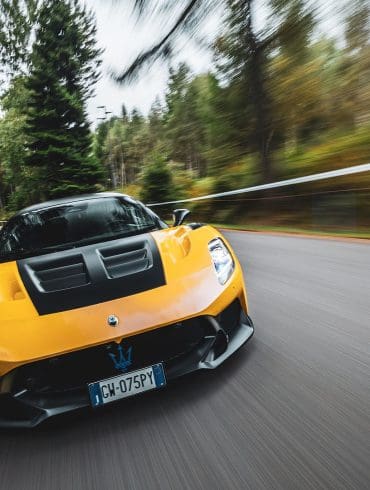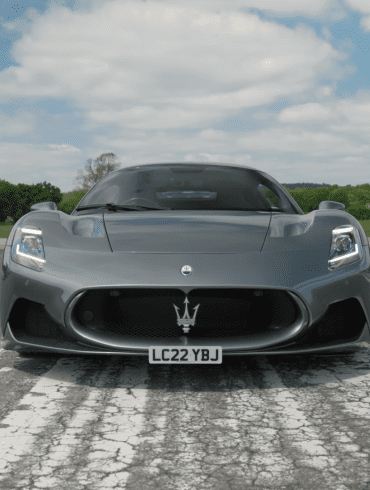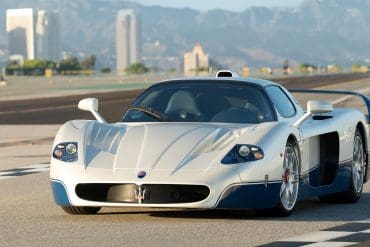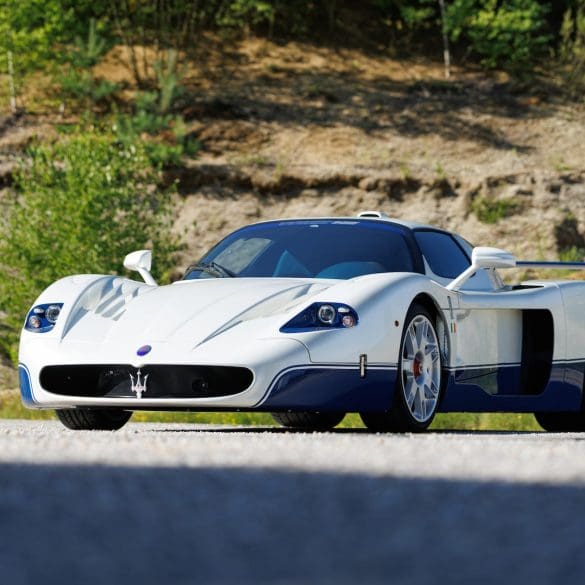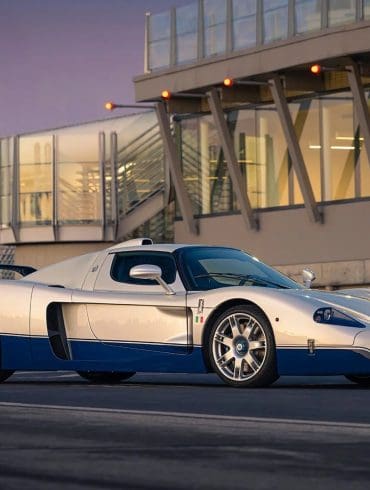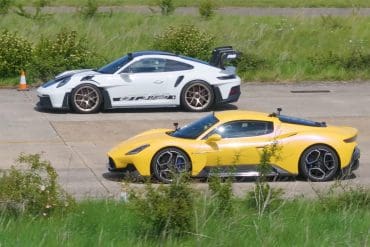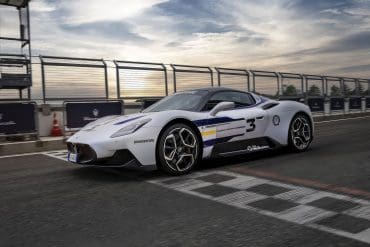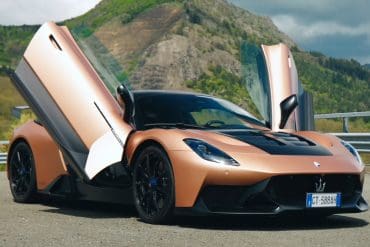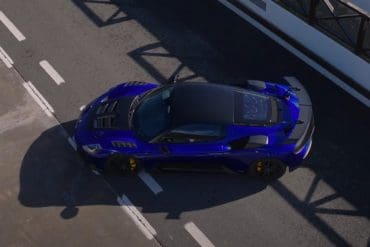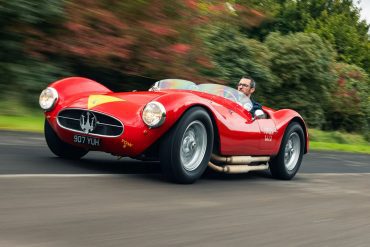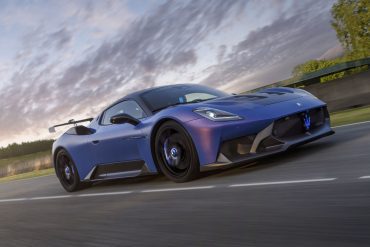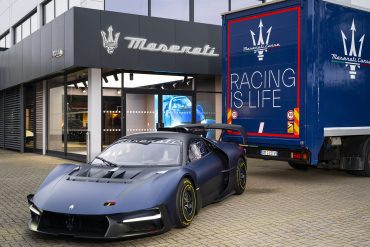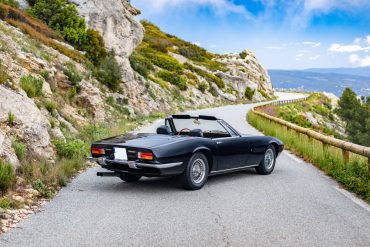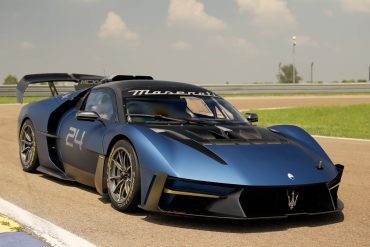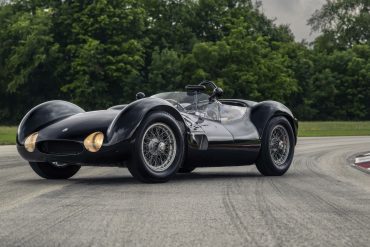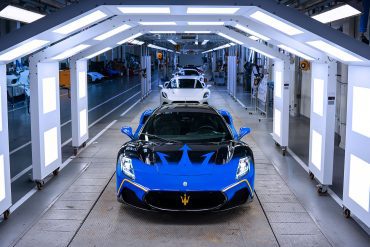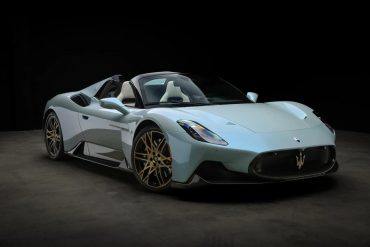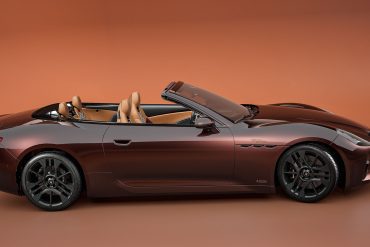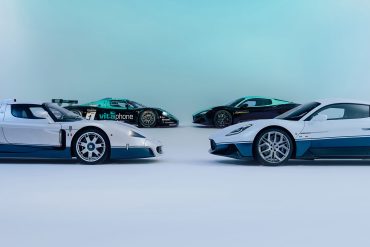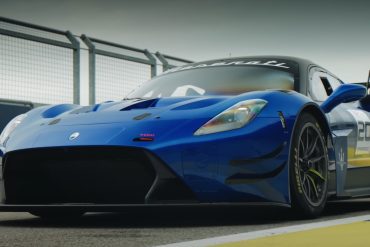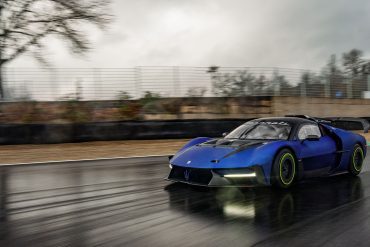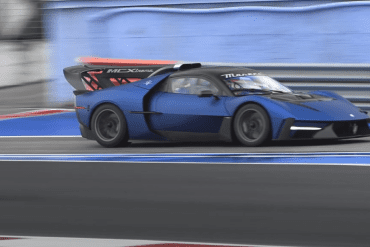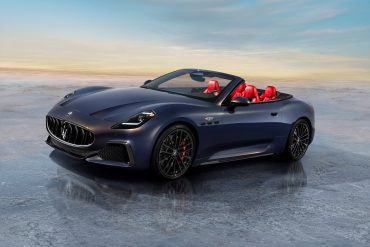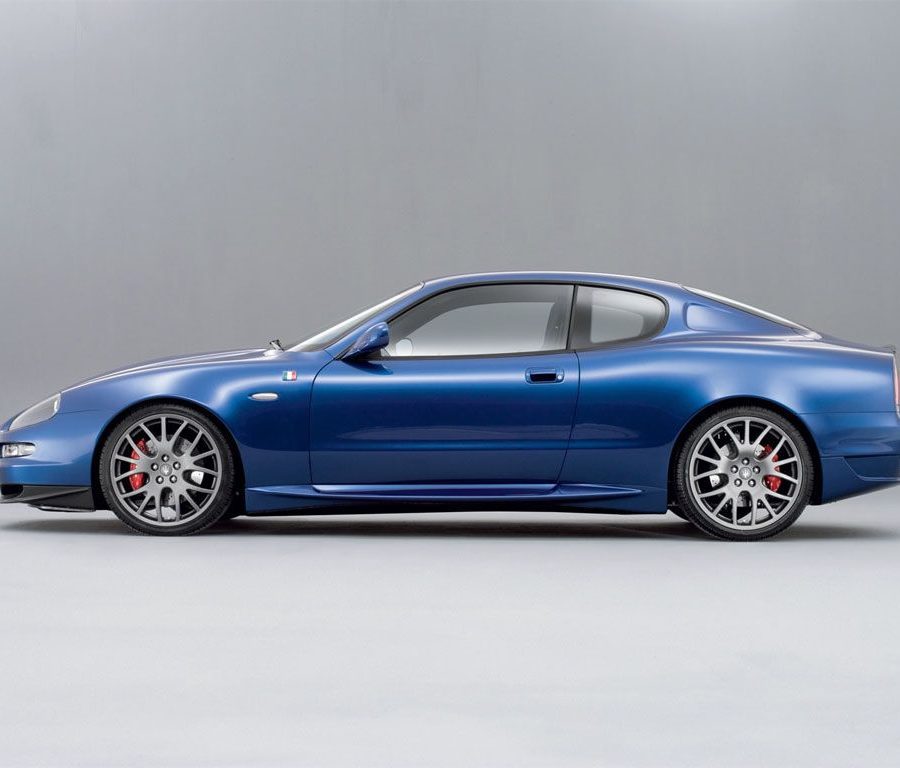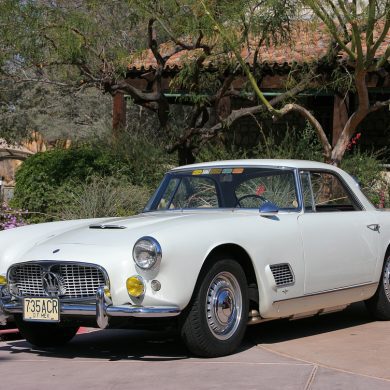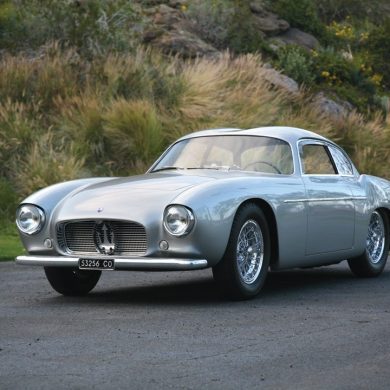
Maserati
Research, History, Reviews, Media & More
News / Models / Current Lineup / Model Hubs / Features / The Market / Events / Videos / Images / Lists
Maserati, in full Maserati SpA, former name Officine Alfieri Maserati SA, Italian automobile manufacturer known for racing, sports, and GT (Grand Touring) cars. It is a subsidiary of Fiat Chrysler Automobiles NV and is based in Modena, Italy.
Officine Alfieri Maserati SA was founded in Bologna, Italy, in December 1914 by the brothers Alfieri, Ettore, and Ernesto Maserati. Spark plugs were the company’s first major product, and during World War I Maserati made the devices for aircraft engines.
Alfieri Maserati drove race cars for other manufacturers before settling down with his brothers to produce the first Maserati automobile, a race car named the Tipo 26 for the year of its debut. The most remarkable Maserati of the 1920s was the V4, a 16-cylinder race car that was clocked at 154 miles (248 km) per hour in 1929.
During World War II Maserati once again concentrated on the manufacture of spark plugs but also made batteries and electric delivery vehicles. After the war Maserati expanded its product line to include sports cars and gran turismo, or grand touring (GT), vehicles. At the beginning of March 1946, the prototype of what can be considered the first GranTurismo, the first Maserati destined for daily use and not for racing, was unveiled at the Geneva Car Show. It was christened simply A6 in honor of Alfieri and 6, denoting the number of cylinders. Its design and originality were immediately appreciated by the public and production began in earnest. In 1948, at the Turin Motor Show, Maserati exhibited the first A6 1500 model, with incredible styling by the renowned designer Battista Farina.
In 1961, Maserati’s chief engineer Giulio Alfieri developed an absolutely revolutionary chassis, designed to be lightweight but extremely rigid, delivering outstanding performance and superb handling. Called the Birdcage chassis, it was an ingenious structure that made the new Maserati race cars extremely competitive. This chassis provided the basis for five different cars, the Maserati Tipo 60, Tipo 61, Tipo 63, Tipo 64 and the modern Birdcage 75th.
Since then Maserati has developed classic and gorgeous sports and luxury cars, including more recently an SUV. Maserati is a sporting marque to its very core.
Maserati Company Basics
Founded: December 1, 1914
Founder: Alfieri Maserati
Headquarters: Modena, Italy
Parent: Fiat Chrysler Automobiles
Maserati Logo Meaning
The most famous trident logo is that of Maserati. The trident logo of Maserati is known all over the world and is a symbol of luxury. Designed by Mario Maserati, is based on the Fountain of Neptune in Bologna’s Piazza Maggiore. In 1920, one of the Maserati brothers, used this symbol in the logo at the suggestion of family friend Marquis Diego de Sterlich. The trident would then tie their cars back to their home. The company refers to it as The Trident Marque.


